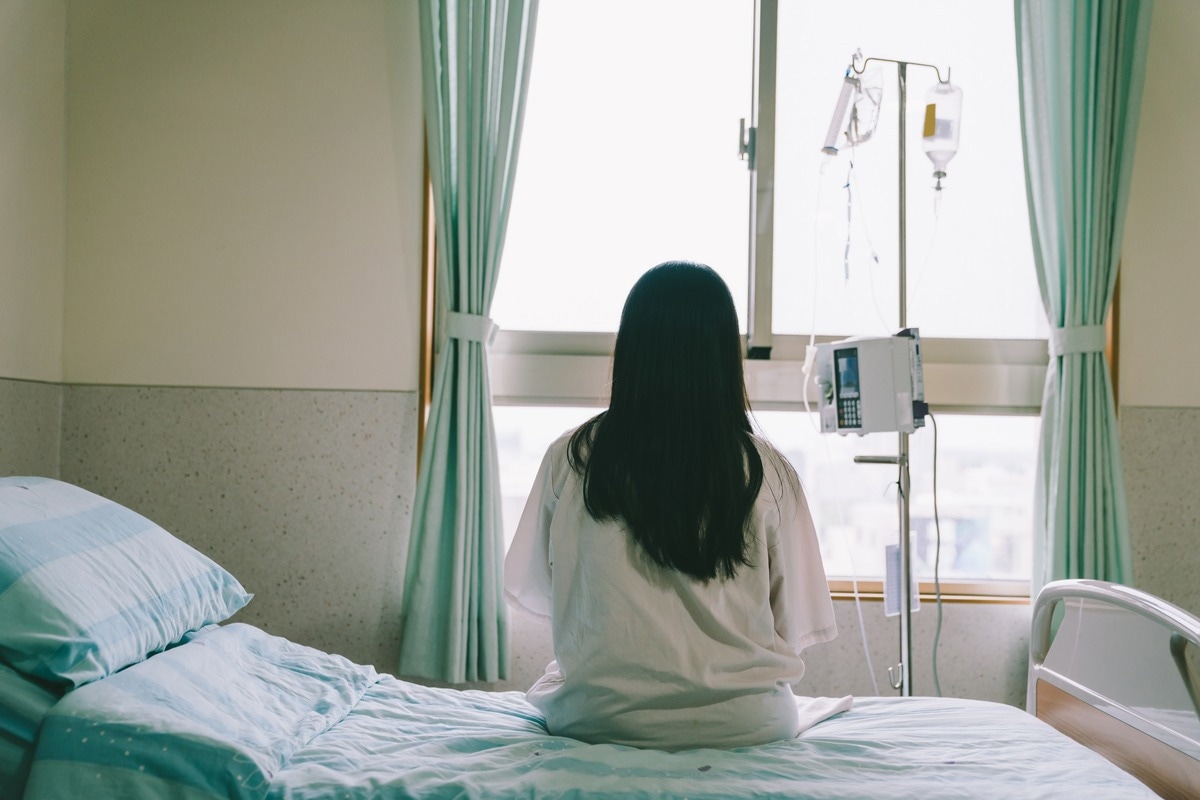In a recent study published in PLOS ONE, researchers assessed the changes in the menstrual cycle and mental states among female coronavirus disease 2019 (COVID-19) patients.
 Study: Menstrual cycle changes and mental health states of women hospitalized due to COVID-19. Image Credit: PR Image Factory/Shutterstock
Study: Menstrual cycle changes and mental health states of women hospitalized due to COVID-19. Image Credit: PR Image Factory/Shutterstock
Background
Several researchers have explored the effect of the COVID-19 pandemic on the mental health and menstrual cycles of women. However, most of these studies took into account non-hospitalized COVID-19 individuals while further information is needed concerning hospitalized COVID-19 patients.
About the study
In the present study, researchers examined the menstrual changes and mental health status of women hospitalized due to COVID-19.
The team conducted two surveys between January 2021 and August 2021. The first survey considered female COVID-19 patients admitted to the isolation ward of Cipto Mangunkusumo Hospital, Jakarta, Indonesia. This survey comprised a digital questionnaire distributed to the patients via a tablet computer. The second survey included a follow-up questionnaire, wherein the patients completed the first survey again using WhatsApp three months after the patients were discharged from the isolation ward.
The digital questionnaire comprised three sections. The first section included questions related to the patient’s demographics and identity, the second included questions about the patient’s menstrual patterns and reproductive health history, and the third section consisted of the self-reporting questionnaire 29 (SRQ-29), which identified any symptoms related to mental health disorders. In the first survey, the female patients self-reported their last menstrual pattern before being diagnosed with COVID-19. In the second survey, patients reported their present menstrual cycle and answered the SRQ-29.
The menstrual cycle length of fewer than 24 days was classified as shorter, between 24 and 32 days as normal, and more than 32 days as longer. The team defined an irregular menstrual cycle as a difference of more than seven days in cycle durations between consecutive months. Heavy menstrual bleeding (HMB) is menstrual bleeding lasting more than seven days in one menstrual cycle.
The SRQ-29 questionnaire comprised 29 questions, among which questions one to 20 were related to neurotic symptoms, question 22 was related to the usage of any psychoactive substance, questions 22 to 24 were related to any psychotic symptoms, and questions 25 to 29 were concerning post-traumatic stress disorder (PTSD).
Results
The study results showed that the menstrual cycle length of 79.1% of the women before being infected with COVID-19 was 24 to 32 days. However, the proportion of women with cycle lengths of more than 32 days or shorter than 24 days increased post-COVID-19 diagnosis. Furthermore, menstrual irregularities were reported by 17.7% of the women before and 35.4% of the participants after COVID-19 infection. The number of HMB cases increased by 6.3% after the COVID-19 infection. Notably, no substantial changes concerning dysmenorrhea were reported by the participants infected with COVID-19. Altogether, 37.3% of the participants reported changes in their menstrual patterns after the COVID-19 diagnosis.
The SRQ-29 questionnaire revealed that 52.5% of the patients had a minimum of one mental health disorder, including 32.3% displaying neurotic symptoms, 12.7% experiencing psychotic symptoms, and 38.0% having PTSD-related symptoms. Before and after COVID-19 diagnosis, menstrual irregularities were reported by 48.7% and 62.8%, HMB by 49.1% and 54.2%, and dysmenorrhea by 51.4% and 70.0% of the patients, respectively.
Moreover, overall changes in the menstrual cycle were twice more likely to be experienced by women after the COVID-19 diagnosis than before. Notably, the team also observed a remarkable association between the duration of isolation and changes in menstrual patterns.
Conclusion
The study findings showed that significant menstrual changes, as well as an increased number of mental health disorders, were observed among women hospitalized due to COVID-19. The duration of isolation was found to substantially impact the overall mental health and menstrual variation in COVID-19-hospitalized women. The researchers believe that further clinical examination is required to understand the causal association between women’s reproductive well-being and COVID-19 infection.